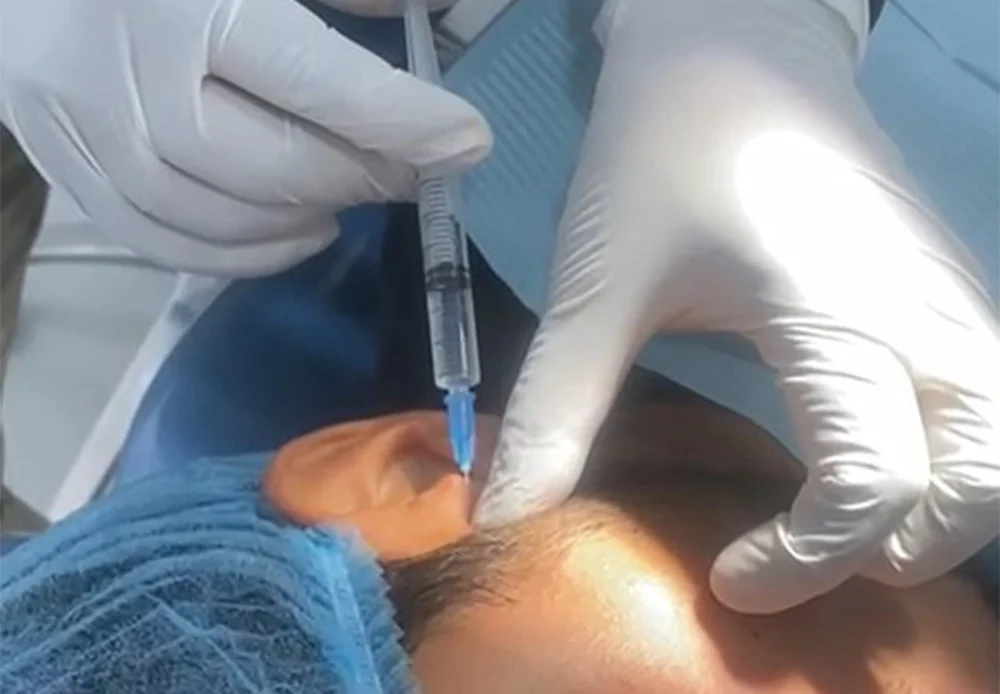
The Temporomandibular Joints (TMJ) are two joints that connect your lower jaw to your skull and located in front of each ear. These joints, along with several muscles, allow the lower jaw to move up and down, side to side, and forward and back. When the mandible and the joints are properly aligned, smooth muscle actions, such as chewing, talking, yawning, and swallowing, can take place.
When these structures (muscles, ligaments, and bones) are not aligned, nor synchronized in movement, several problems may occur, known as Temporomandibular Joint Disorders (TMJD).
The following are the most common signs and symptoms of TMJD:
Our clinic provides treatment for TMJD such as physical therapy, mouth guards, injections and counseling.